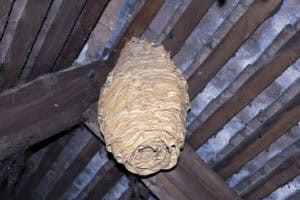
Wasp Nest Removal in Cranleigh
We’re here to provide wasp nest removal services in Cranleigh as quickly and discreetly as possible. Removing the stress and irritation caused by unwelcome pest infestations.
RSPH/BPCA certified staff means we provide a safe and professional pest control service
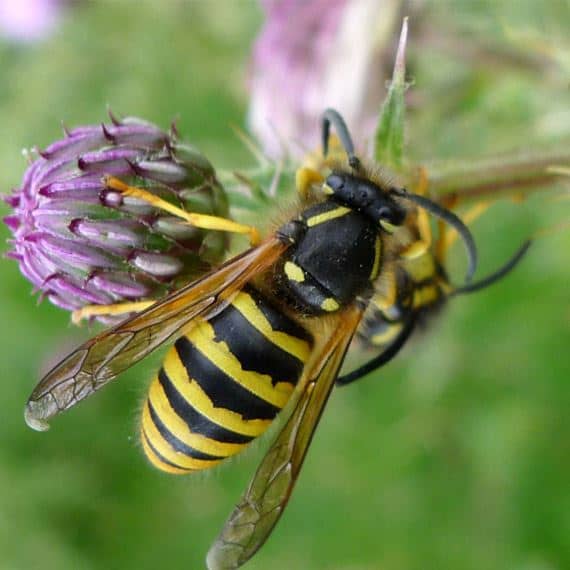
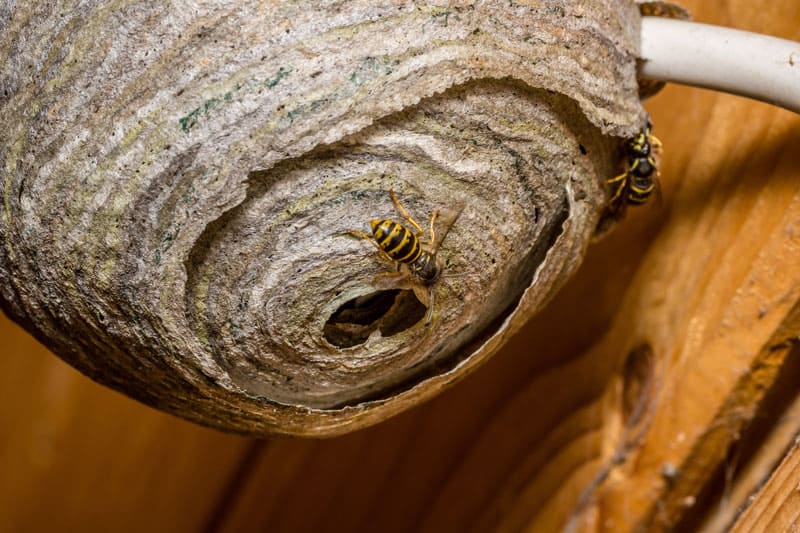
Wasp Nest Removal in Cranleigh
If you have a wasp nest in your Cranleigh garden the chances are it’s The Common Wasp (Vesopula Vulgaris), The Median Wasp (Dolichovespula media) or The German / European Wasp (Vespula Germanica).
The adult winged workers are 10-20 mm long and have a distinctive black and yellow colouration, not to be confused with the Honeybee’s dark brown/pale orange banded colouration. The Queen wasp emerges in mid-April from hibernation looking for a new nest site for a colony, often in loft spaces, eaves and cavity walls. The first brood of 10-20 adult workers (sterile females) will increase to 5,000 to 10,000 individuals during the summer. The workers can often be heard making a scraping noise in attics as they chew dried wood and mix it with saliva to increase the size of the nest. Wasp nests can make a resonating noise as the workers use their wings to fan air around the nest to regulate its temperature.
A wasp nest in your Cranleigh home or business is not only a nuisance, getting stung is painful but multiple stings on the head or around the airways can be very serious. Wasp stings in the throat account for 50% of all fatalities caused by venomous animals. In rare cases a single sting can induce an anaphylactic shock (an extreme allergic reaction to the toxins in the wasp’s venom) which without rapid medical attention via epinephrine (adrenaline) can result in death. Wasps also have the potential to transmit disease as they visit Cranleigh dustbins, waste depots and dead animals (carrion).
Wasp Nest Removal for The Common Wasp (Vesopula Vulgaris) in Cranleigh
The Common Wasp (Vespula vulgaris) is a striking insect known for its bold black and yellow striped pattern. This distinctive coloration not only makes it easily identifiable but also serves as a warning to potential predators of its ability to sting. A notable feature of the Common Wasp is the pronounced “waist” that separates its thorax from its abdomen, giving it a unique silhouette. Adding to its defining characteristics is a black anchor mark that adorns its face, further setting it apart from other species. This fascinating insect plays a significant role in the ecosystem, contributing to pollination and controlling pest populations.
Wasp Nest Removal for The Median Wasp (Dolichovespula media) in Cranleigh
First recorded in the UK in 1980 in Sussex, they have since spread throughout England, Wales, and parts of Scotland. The Median Wasp (Dolichovespula media) is a striking species of wasp commonly found across the UK, easily recognizable by its dark, glossy coloration and the unique “Nike” or “inverted 7” patterns that adorn its thorax. This large, social insect creates intricate aerial nests, often elegantly suspended among the branches of trees or nestled within dense shrubs. With their vibrant markings and intriguing nesting behaviors, these wasps contribute significantly to the biodiversity of their habitats, showcasing the fascinating complexity of nature’s designs. Whether observing them from a distance or studying their interactions, the Median Wasp offers a captivating glimpse into the life of social insects in the wild.
Wasp Nest Removal for The German / European Wasp (Vespula Germanica) in Cranleigh
The German wasp, scientifically recognized as Vespula germanica, is a strikingly prominent species within the UK, often mistaken for the common wasp. This social insect is distinguished by its characteristic three black facial spots and a larger body size, averaging between 12-15mm, with queens reaching up to 20mm. German wasps exhibit diverse nesting behaviors, establishing their colonies in various habitats like the ground, trees, and even in human structures. Their nests can be a cause for concern due to their notably aggressive nature, particularly in defense of their homes, and their ability to sting multiple times makes encounters with them particularly hazardous. Understanding their behavior and habitat can assist in managing interactions and ensuring safety around these fascinating yet formidable insects.
What is the difference between the Common Wasp and The German Wasp?
When trying to distinguish between a Common Wasp and a German Wasp in Cranleigh, one of the most noticeable features is their facial markings. The Common Wasp is identifiable by its unique “anchor” shape on its face, a defining characteristic that sets it apart from other species. In contrast, the German Wasp showcases a distinct pattern, typically featuring three prominent black dots on its face. These differences not only aid in identification but also contribute to our understanding of these fascinating insects and their behaviors in various environments. Whether you’re a nature enthusiast or simply curious about local wildlife, recognizing these features can enhance your appreciation for the diversity within the wasp family.
Insurance Cover and Wasp Nest Removal in Cranleigh
We are often asked if wasp nest removal is covered under our home insurance policy.
Many home insurance policies vary, our primary suggestion is to check with your insurance provider. Most standard home insurance policies don’t cover wasp nest removal or other pests in Cranleigh. However it is possible that some insurance companies have an add on to the standard policy, such as home emergency cover, which may cover the cost of pest removal.
Signs of a wasp nest in a Cranleigh building or garden
1. Visible Nests:
Papery Structures:
Wasps create their nests using chewed wood pulp mixed with saliva, resulting in a material that resembles paper.
Shape and Size:
These nests come in various sizes, ranging from small, golf ball-sized formations to larger, balloon-like structures, often displaying distinct cells on the underside.
Location:
You can spot these nests in many places, like under eaves, lofts, among trees and shrubs, or even tucked away inside buildings and sheds.
2. Increased Wasp Activity:
Sightings:
Seeing an unusual number of wasps flying in and out of a hole(s) on the outside of a Cranleigh or appearing in your Cranleigh house when windows and doors are closed.
Buzzing Sound:
If you hear a distinct buzzing noise, especially near walls, roofs, or attics, it could mean there’s a nest nearby.
Aggressive Behavior:
If you notice wasps buzzing around you aggressively, it’s likely they are trying to protect their nest. Be cautious of any aggressive behavior, as this often happens when their home is threatened.
3.Other signs of Wasp Nests in Cranleigh
Noises
Scratching and cracking sounds coming from walls, ceilings or loud buzzing.
Damp Patches:
Wasps and wasp larvae produce excrement which can create moisture rich environments, creating stains and damp patches in internal plasterboard walls and ceilings.
Finding a papery or light brown/grey nest in a sheltered area like eaves, lofts, rafters, cavity walls, trees, compost piles, raised flower beds and bushes.
Wasps gathering around a loft, garage shed in Cranleigh
How can I prevent wasps in Cranleigh creating a nest in my property?
Although difficult to prevent Queen wasps entering your Cranleigh home or business as they require a small opening 10mm wide. Many Cranleigh buildings will require such openings for ventilation, it makes it straightforward for Queen Wasps in Spring and early Summer to ingress into Cranleigh lofts, cavity walls and air bricks. However all is not lost as soffit insect mesh can be attached to the inside of either round or continuous soffit vent and fine mesh rodent/insect air brick covers can be fitted.
How is a wasp nest in Cranleigh made?
The queen wasp initiates the construction of her nest by seeking out fresh wood. She chews and shreds this wood, mixing it with saliva to form a material reminiscent of papier-mâché. Common spots for wasps to build their hives include fence panels, sheds, gates, and wooden window frames. If you start to see small white streaks on these surfaces, it’s likely a sign that a wasp nest is nearby.
The queen carefully secures her nest to a sturdy structure, like a roof rafter, where she begins crafting a central stalk. This stalk will serve as the foundation for several cells, each one designated for her eggs. After this crucial step, a whirlwind of activity begins. The queen diligently searches for food to nourish the hatching larvae and continues constructing new cells until the first brood of adult wasps emerges, ready to take on the building responsibilities.
Are Wasps in Cranleigh dangerous?
Yes, wasp stings can be fatal, especially if they occur near the airways or cause an anaphylactic shock. A wasp nest removal service in Cranleigh will reduce the numbers of wasps in Cranleigh and reduce the risk they pose.
Useful wasp information link to the British Pest Control Association Website:
https://bpca.org.uk/a-z-of-pest-advice/wasp-control-how-to-get-rid-of-wasps-bpca-a-z-of-pests/188976
How do we exterminate wasp nests in Cranleigh?
The first task we carry out is to survey the wasp nest or area around the nest (if the wasp nest is concealed). This is in part to determine if the wasps or insecticide we may apply to the Cranleigh nest could pose a risk to surrounding neighbors, water courses, pets, Bees and the environment in general. Once the wasp nest has been located or the wasp nest ingress point observed, the appropriate treatment will be selected along with specific professional pest control equipment.
Wasp nest treatment method: Directional jet aerosol containing an insecticide.
What to expect after a wasp nest treatment in Cranleigh
After treating the wasp nest in Cranleigh, you might notice a short spike in wasp activity as they return to their destroyed home. Don’t worry—this should calm down within a few hours as they die off. It’s best to steer clear of the area for a little while, and rest assured, the nest won’t be reused. It can take up to 72 hours for the nest to completely die off.
Safety Precautions after Wasp Nest Removal in Cranleigh
When dealing with wasp treatments, adhering to safety precautions is crucial to ensure your well-being. First and foremost, stay away from the treated area for up to 3 days, as it can take that long for all wasps to be eliminated. Be aware that wasps may be agitated post-treatment, so it’s vital to leave them undisturbed. Avoid any contact with the insecticide and the areas it has contaminated. In the event of accidental exposure, if insecticide comes into contact with your skin, wash it off immediately and change your clothing. Should the insecticide enter your eyes, rinse thoroughly with water for at least 15 minutes and seek medical help. If ingestion occurs, promptly rinse your mouth and obtain medical advice.
Does Indigo Pest Control recommend DIY wasp nest extermination?
We would recommend a customer employs a [trained | insured | experienced] professional and do not attempt to treat a wasp nest themselves. A wasp sting can result in a serious allergic reaction known as anaphylaxis, which poses a significant health risk and demands urgent medical intervention. This potentially life-threatening condition can rapidly develop, causing symptoms such as difficulty breathing, swelling of the throat, and a rapid drop in blood pressure. It’s crucial for individuals who are allergic to wasp stings to recognize the signs of anaphylaxis and seek immediate medical assistance. For those at risk, carrying an epinephrine auto-injector and ensuring that friends and family are aware of the situation can be life-saving measures. Be informed, stay vigilant, and act quickly to protect yourself and others from the dangers of wasp stings. A registered pest controller in Cranleigh providing wasp nest removal services will have the required beekeeper protective suit and professional grade products. If Indigo Pest Control does not cover the area you live. Try the British Pest Control Association find a member tool. https://bpca.org.uk/find
Example of a DIY Wasp Nest Extermination Product (we do not endorse these products for information purposes only):
https://www.pestcontroldirect.co.uk/shop/household-pests/spiders-killer-sprays-traps/oa2ki-pesticide-free-insect-killer-500ml/
Is it always possible to remove the wasp nest in Cranleigh?
Wasp Nest Removal is sometimes possible on the first visit when a Cranleigh wasp nest is tennis ball sized or smaller. However midway through the summer, it would be dangerous for the pest control technician to remove an active football sized or larger nest, after treatment. Furthermore it can take several hours for all the foraging worker wasps to return to the nest, so as to come in contact with the insecticide treated wasp nest. Removing the nest before all the foraging sterile female worker wasps have returned to the Cranleigh by night fall. Could create an unwanted situation where hundreds if not thousands of wasps are encircling the site of the old nest. These worker wasps may even attempt to rebuild the wasp nest structure.
For this reason if wasp nests are inactive in a wall cavity or inaccessible roof void, they won’t be removed. Or when safe to do so the pest control technician will return on a second visit to physically remove the wasp nest.
Members of the BPCA and PROMPT
The Pest Technician visiting your home or business will be RSPH/BPCA (Royal Society For Public Health / British Pest Control Association) qualified. Indigo Pest Control are members of the BPCA (British Pest Control Association).
The Pest Controller visiting your home or business will have BPCA – Photo I.D.

The Pest Control Specialists
Pests such as Mice, Rats and Cockroaches can spread diseases by carrying harmful pathogens. Pests like wasps, bedbugs and fleas frequently cause stress and allergies by their presence in the human environment. Squirrels, Rats and Mice can damage properties by gnawing through timbers and wires with their strong rodent teeth. Mice can contaminate working surfaces and food stuffs. Carpet pests including The Common Clothes Moth can cause expensive damage to fabrics. Bird pests including pigeons can cause diseases including Cryptococcosis.
We will prevent, control and solve your pest control emergency. Whether it’s a Squirrel in the attic in Ealing, Wasp nest removal in Wimbledon, a Mouse infestation in Mortlake or a Rat Problem in Richmond, we’ll make sure we leave your home a pest free zone.

Ants
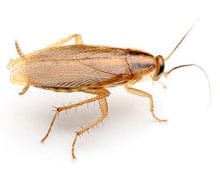
Cockroaches
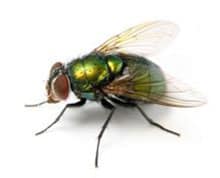
Flies
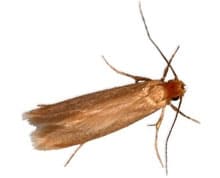
Moths

Pigeons
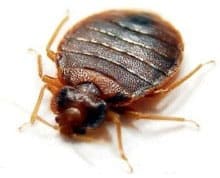
Bedbugs
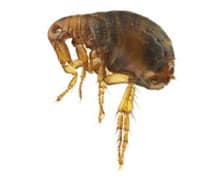
Fleas
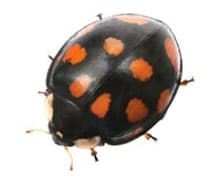
Harlequin Ladybirds
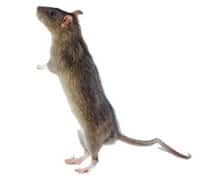
Rats
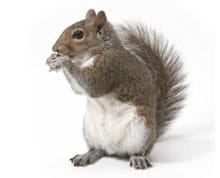
Squirrels
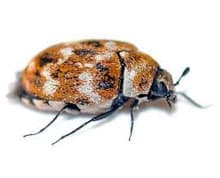
Carpet Beetles
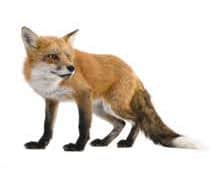
Foxes
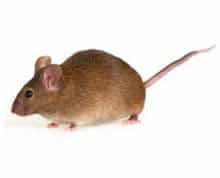
Mice
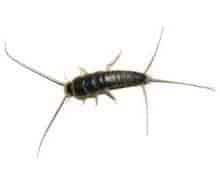
Silverfish
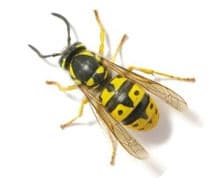
Wasps
Looking for wasp nest removal in Cranleigh?
Fill out the form below or call us on 020 8878 6915
Enquiry Form
"*" indicates required fields



